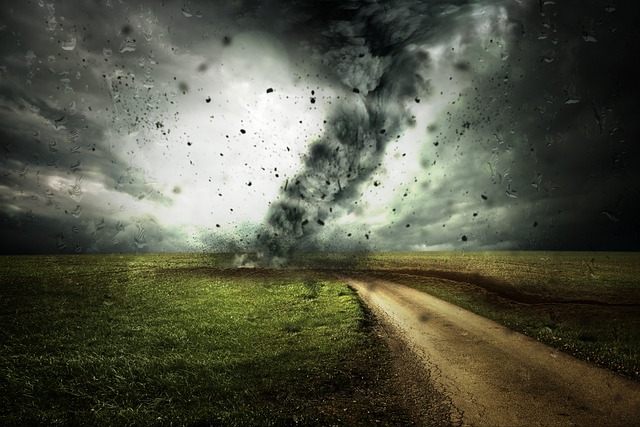When rebuilding homes in the Texas Hill Country after disasters like fires or floods, prioritizing energy-efficient and resilient HVAC systems is key. Homeowners should consult professionals who can assess damage, recommend modern solutions (e.g., ductless mini-splits), ensure system compatibility with local climate demands, and prioritize indoor air quality to mitigate health risks associated with poor air following such events.
In the aftermath of a fire or flood in the scenic Texas Hill Country, rebuilding efforts extend beyond structural repairs. One critical component often overlooked is replacing HVAC systems, which can significantly impact energy efficiency and indoor air quality. This article guides homeowners through the process of assessing damage, selecting resilient heating and cooling solutions, and implementing safe installation practices to ensure a comfortable and healthy environment during reconstruction after these devastating events.
- Assessing Damage and Planning for HVAC System Replacement in Texas Hill Country Homes
- Selecting Resilient and Energy-Efficient Heating and Cooling Solutions post-Disaster
- Safe Installation Practices and Ensuring a Comfortable, Healthy Indoor Environment Following Fire or Flood Events
Assessing Damage and Planning for HVAC System Replacement in Texas Hill Country Homes

When disaster strikes, such as a fire or flood, homes in the Texas Hill Country face significant challenges during reconstruction. Assessing damage to HVAC systems is a crucial step in this process. Homeowners should begin by inspecting all visible components, checking for any signs of water damage, smoke residue, or structural compromise that could affect the system’s integrity. This includes examining ductwork, air handlers, and thermostats, as these are common areas affected during a fire or flood event.
Planning for replacement involves understanding local climate demands and energy efficiency standards. Texas Hill Country homes require HVAC systems designed to withstand extreme heat and humidity while maintaining comfort and indoor air quality. Homeowners should consult with qualified professionals who can assess the home’s specific needs, taking into account size, insulation, and existing infrastructure. By strategically selecting a new system, homeowners can ensure their homes are not only restored but also enhanced in terms of energy efficiency and long-term comfort following the rebuilding process after a fire or flood.
Selecting Resilient and Energy-Efficient Heating and Cooling Solutions post-Disaster

When rebuilding after a disaster like a fire or flood in the Texas Hill Country, selecting resilient and energy-efficient heating and cooling solutions is paramount. Homeowners and businesses should prioritize systems that can withstand future extreme weather events, ensuring both comfort and long-term savings. Modern, high-efficiency HVAC systems offer advanced features like better insulation, smart temperature control, and eco-friendly refrigerants, which not only reduce energy bills but also minimize the environmental impact.
Resilient options include ductless mini-split systems and heat pumps, known for their adaptability to changing climates and lower maintenance requirements. These systems can be easily integrated into new or renovated structures, providing efficient heating and cooling while contributing to a more sustainable future. In the context of rebuilding in Texas, where natural disasters are a recurring concern, choosing such systems isn’t just a smart investment; it’s a step towards creating more disaster-resilient communities.
Safe Installation Practices and Ensuring a Comfortable, Healthy Indoor Environment Following Fire or Flood Events

When it comes to disaster reconstruction, especially after a fire or flood event in the Texas Hill Country, safe installation practices for HVAC systems are paramount. Professionals must adhere to strict protocols to ensure that new systems are not only properly installed but also contribute to a comfortable and healthy indoor environment. This involves using high-quality materials that can withstand the unique challenges of the region, such as extreme temperatures and humidity levels.
Following such disasters, maintaining indoor air quality is crucial. HVAC systems play a vital role in filtering out harmful contaminants introduced by fire or flood damage. They help remove smoke, soot, mold spores, and other hazardous particles from the air, promoting recovery and well-being for residents. Proper system replacement not only restores comfort but also prevents further health risks associated with poor indoor air quality.
When rebuilding after a fire or flood in the Texas Hill Country, prioritizing resilient and energy-efficient HVAC system replacement is key. By selecting appropriate solutions and implementing safe installation practices, homeowners can ensure a comfortable and healthy indoor environment while minimizing environmental impact. This comprehensive approach not only restores comfort but also contributes to the long-term sustainability of these communities.
